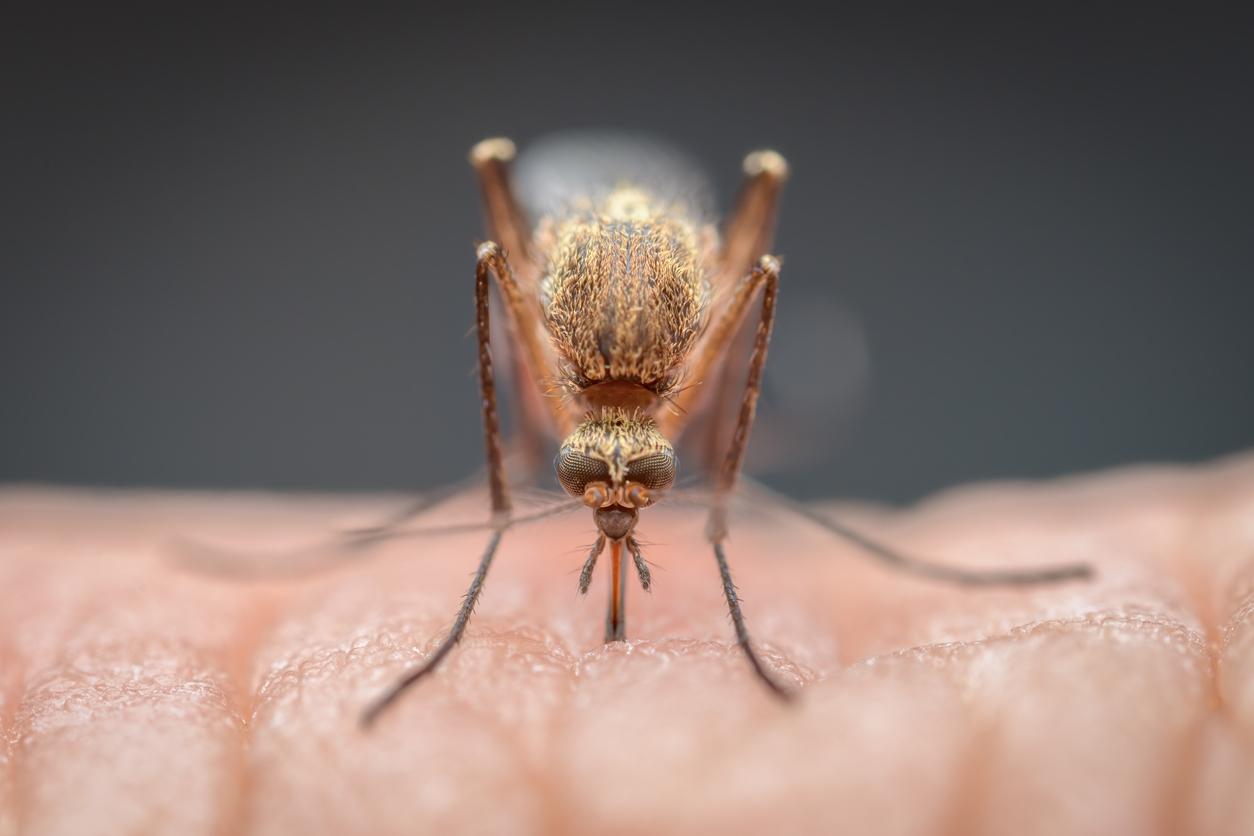
Spread and Contamination
Q fever is caused by a bacteria that spreads easily through the air. However, the chance of infection is not that great for most people. How is Q fever spread and how do you avoid getting infected?
Q fever is caused by the bacterium Coxiella burnetti. This bacterium occurs naturally in farm animals, such as goats and sheep, and in wild rodents. The bacterium Coxiella burnetti is very insensitive to environmental influences and can be transported over great distances with the dust.
strong bacteria
The bacteria end up in the environment because infected animals, which do not have to show symptoms themselves, excrete bacteria with their body fluids (tear fluid, urine, mucus, saliva, milk, amniotic fluid). Animals can excrete large amounts of bacteria, especially during calving or lambing.
Q fever is special because it only takes a single bacterium to become infected. If you walk through an infected barn, you can easily inhale a bacteria. In addition, contamination is possible through consumption of contaminated raw milk (products) or undercooked meat, but this is rare.
Symptoms
At most, half of the people who inhale the bacteria eventually become ill. This is because your immune system usually manages to eradicate the bacteria in time. But even if you do get sick, it usually doesn’t get any further than flu-like symptoms.
About two to three weeks after being infected with Q fever, the first symptoms may appear. These are: fever, nausea, headache, muscle aches and cough. These flu-like symptoms last no more than one to two weeks and usually go away on their own. Sometimes it is necessary to use an antibiotic.
About a fifth of all infected people can develop pneumonia. However, Q fever can be treated well with antibiotics.

















